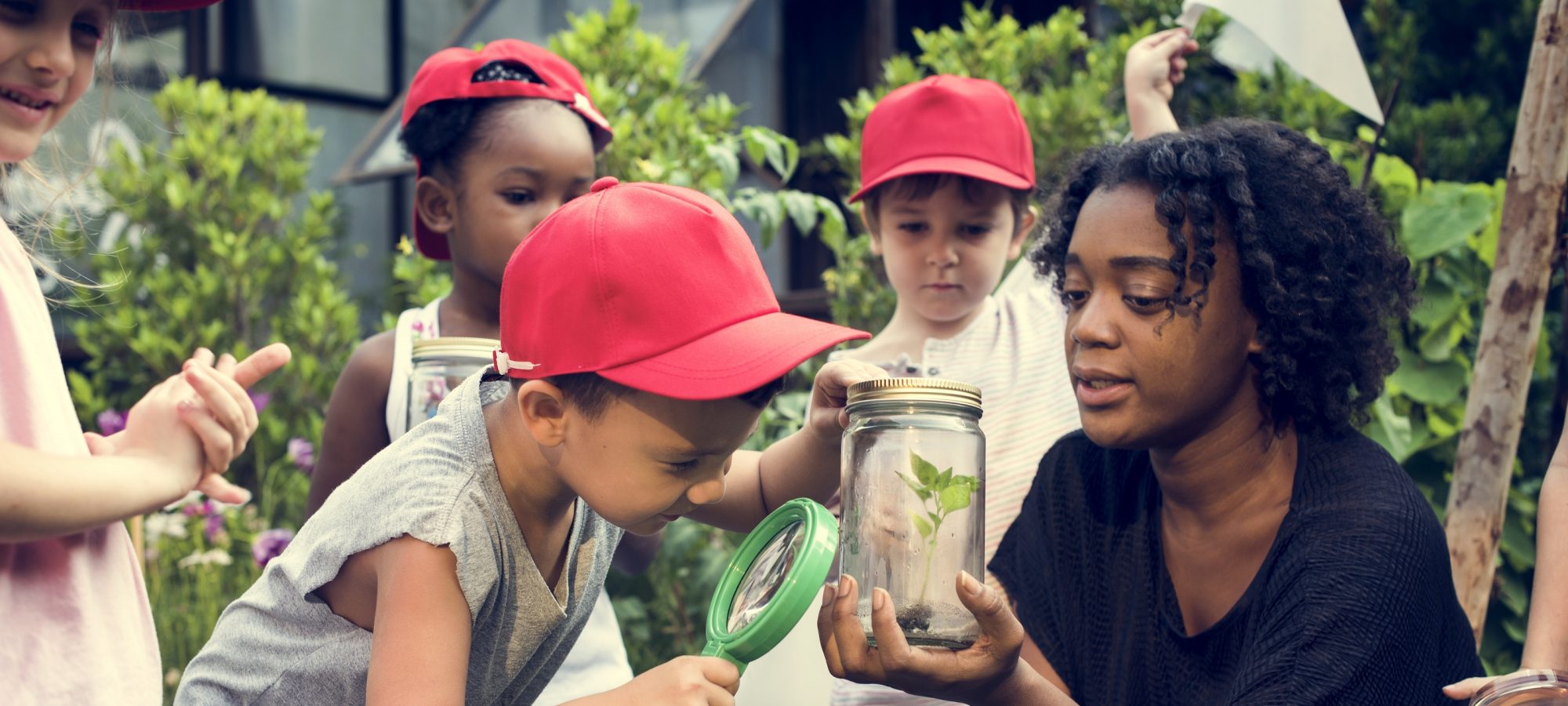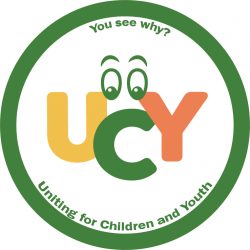Question 4 – Zone 4 Response
Contents
The Question in brief
Response from:
– Wendy Hough
The Question in Brief
In your opinion, is equitable, inclusive education important? Why or why not?
Wendy Hough
This issue is at the very heart of why I decided to run for OCDSB Trustee. I will start my response with my mission and vision statements guiding my campaign; these will form the foundation of my decisions and actions if elected trustee. My mission is to build a collaborative vision of the future of education through stakeholder collaboration. Accessible, equitable and responsive education is my vision.
When I use the term equitable, it is extended to all cohorts – I want to see the day when we don’t even categorize visible minority, invisible minority and non-minority. Every student is a person – a whole person – they are more than any label that could be pinned on their shirt. All students should know and feel that they are equal to all other students and following from that they should inherently know that their opportunities are equally accessible. But, today, this is not yet the reality in our schools. Things have certainly come a long way since my personal experience with school.
I grew up rural to a small town. Prejudice was rampant in our community, our schools and even within my own family. It was a product of the ignorance that characterized the times and the place. I could astound you with stories of atrocities against minority students from those days but I will not. Instead I will share a bit of my personal quest to free myself from those chains of bias and bigotry. At 19 I moved away to Montreal to study at McGill University, I had never experienced such a wealth of cultures before; it was actually quite overwhelming at the time. I studied psychology, anthropology and linguistics. There was so much to learn in and outside of the classroom. In graduate school, I was blessed to work with an amazing cross-cultural team of researchers who were working in First Nations communities. As a team, we were studying everything from Indigenous narrative structure to cross-cultural patterns of caregiver-child communication to language structure. In addition to our research, we were involved with the Department of Native and Northern Education and prepared and delivered courses to Indigenous teacher-trainees across Quebec. It was a life altering experience. Being immersed in another culture is one of the few ways that we can even understand our own “invisible culture”. I spent countless hours reflecting personally and academically on culture and what distinguished one from another – the lesson that I learned, however, was that despite considerable cross-cultural variation in practices, as individuals, we are all very much the same. That may not seem like a revelation to you in 2018 but it was for me in in 1990. As a parent, I have striven to raise my children to see every person as an individual to be respected. I have taught them to be curious but respectful of differences in beliefs and attitudes that they encounter in their world. Inclusion has been very much a part of their upbringing – my daughter, for instance, has danced with an “inclusive” dance company since she was wee. As a teenager, she now dances with their performance troop and conducts workshops on various topics surrounding social justice. She does not see the differences between her peers – she sees their similarities. It is with this mindset that I approach this position.
I thank you for bringing to my attention to the DDSB’s Equity and Diversity Strategic Framework and Danh’s Story as part of the background reading for this question. Of course, these are incredible examples of creative ways that we can come to the issue of equity and inclusion. I would most certainly support an initiative similar to the DDSB’s Equity and Diversity Strategic Framework. Creative solutions such as self-directed programs may well form part of the solution for meeting individual needs within our school system but I will echo my previous comments that alternatives must be piloted and evaluated with regard to efficiency and scalability – outcomes must be measurable.
As I have not yet sat in a position in which my personal commitment to inclusive, equitable education has been demonstrated. Instead of providing steps that I might include in a document similar to the DDSB’s Strategic Framework, I would like to share two of the ideas that I came up with regarding inclusion and equity as the result of some of the questions that constituents have posed to me. First, I received this very thoughtful question: What do you see as the role of schools in making sure that all Canadian students understand Canada’s history with regards to Indigenous peoples? What would you do to support the Calls to Action of the Final Report of the Truth and Reconciliation Commission? I was pleased to see that the issue was on the radar – it was also brought forward by some very engaging students.
My response went as follows; I spent more than a decade doing research and teaching in First Nations communities in Northern Quebec and I feel a very strong personal connection to indigenous education. I am deeply saddened by the apparent lack of concern by the provincial government for this issue as indicated by the cancelling a working group into improving indigenous education in Ontario.
This is particularly incongruous with federal direction in this regard; we have finally, as a nation and society, started to take meaningful strides towards truth and reconciliation – or maybe not here in Ontario. I would be a vocal advocate on the board for the enhancement of indigenous education and for the enlightenment of our children as to the history of Indigenous peoples within the Canadian context. However, I would like to add to this point that from a curriculum perspective, I would like to see a greater emphasis in Canadian history pedagogy on the impact of the various waves of immigration that have happened throughout the history of our nation as well. I think it is important that we have a stronger sense of who we truly are as Canadians and that identity has been derived from the contribution of many peoples who came to this country under a variety of circumstances. Other than the Indigenous inhabitants of this land, our ancestors all came to this country fleeing something or seeking something – if children understand that, they are more likely to be more tolerant and accepting of all groups regardless of where they came from and when. When children understand all of the faces that make up the Canadian people, respect for all is more likely to follow. I would like my children to understand the influence of people and not just the succession of events that provide the timeline of our country. I think that we can deliver curriculum in ways that kills more than one bird with a stone.
The other idea that came to me was with regard to making our schools places where students from various minorities feel that they belong. One way to do that is to have a staff the reflects the diversity of the student population. Again my experience in Indigenous communities comes into play. Bay Ward is one of the most culturally and demographically diverse in the City. My personal experience with teaching staff in the Board definitely suggests that there is still considerable demographic homogeneity at least at the elementary level. Although there was a brief period during my children’s elementary years where there was a considerable number of male teachers, the bulk of the teaching staff, the principals and even office support staff were white females. The gates seem to have opened up at the high school level and the teaching staff is considerably more culturally diverse. I think it is very important for students from all cultures to have role models in the education system that they can relate to. One of the recurring themes that emerged during my doctoral research was the importance of “bridge people” in Indigenous communities. These people were often the first person from the community to take the role of a “white person” – they literally, then, became a bridge between the two cultures within that specific context. Often, educators were the first to play that role. I would like to see the composition of the teacher pool in our schools reflect more closely the cultural groups in our community. Although I don’t believe in quotas with regard to employment opportunities, I do believe that we should do as much as we can to promote applications from diverse cultural backgrounds. We may even have to start younger with encouraging students from diverse backgrounds to consider post secondary studies in the field of education. Of course, this approach could extend across all minority groups – visible and non-visible.

